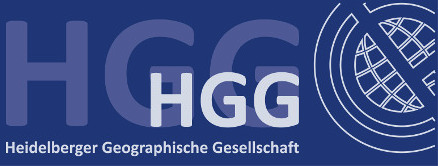Glaciers – from process understanding to early warning systems to symbols of the climate crisis
Prof. Dr. Michael Zemp (World Glacier Monitoring Service, Universität Zürich)
Glaciers are powerful symbols of climate change. Their melting is not only reshaping our landscapes but also has serious implications for local hazards, regional water security and global sea level rise. The lecture will give an overview of the perception of glaciers, which has evolved from an understanding of processes in the 19th century to early warning systems in the 20th century and memorials of the climate crisis in the 21st century. We will look back at how global glacier mass change has been estimated over time, what we have learned from decades of glacier monitoring, and examine the current state of the world’s glaciers. How are the glaciers doing today? And how long will the “eternal ice” be able to withstand the climate crisis?
Glaciers are powerful symbols of climate change. Their melting is not only reshaping our landscapes but also has serious implications for local hazards, regional water security and global sea level rise. The lecture will give an overview of the perception of glaciers, which has evolved from an understanding of processes in the 19th century to early warning systems in the 20th century and memorials of the climate crisis in the 21st century. We will look back at how global glacier mass change has been estimated over time, what we have learned from decades of glacier monitoring, and examine the current state of the world’s glaciers. How are the glaciers doing today? And how long will the “eternal ice” be able to withstand the climate crisis?

